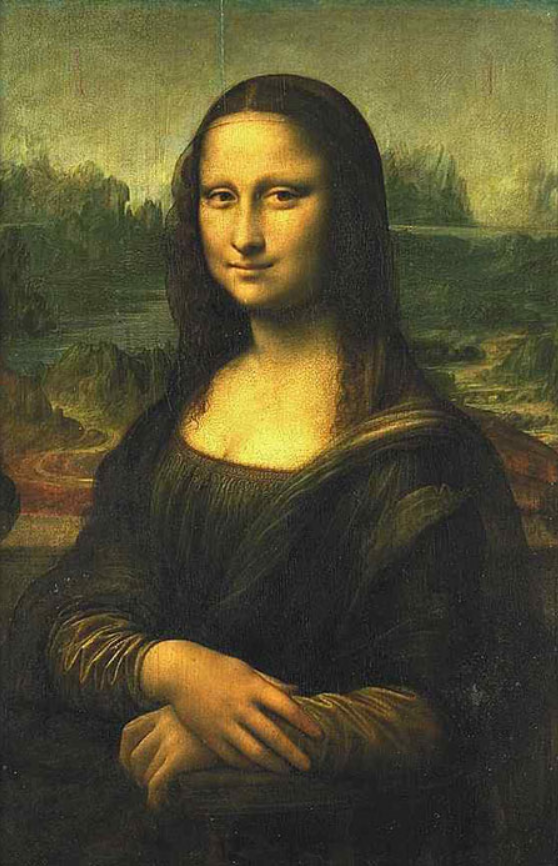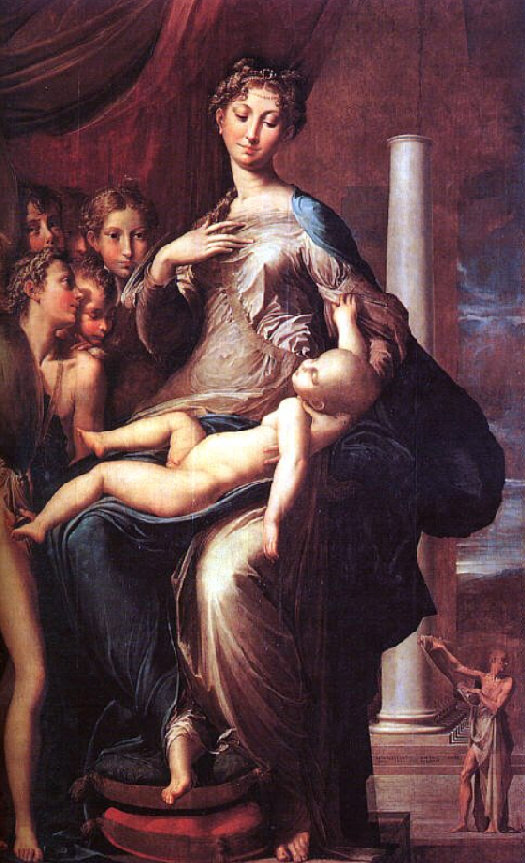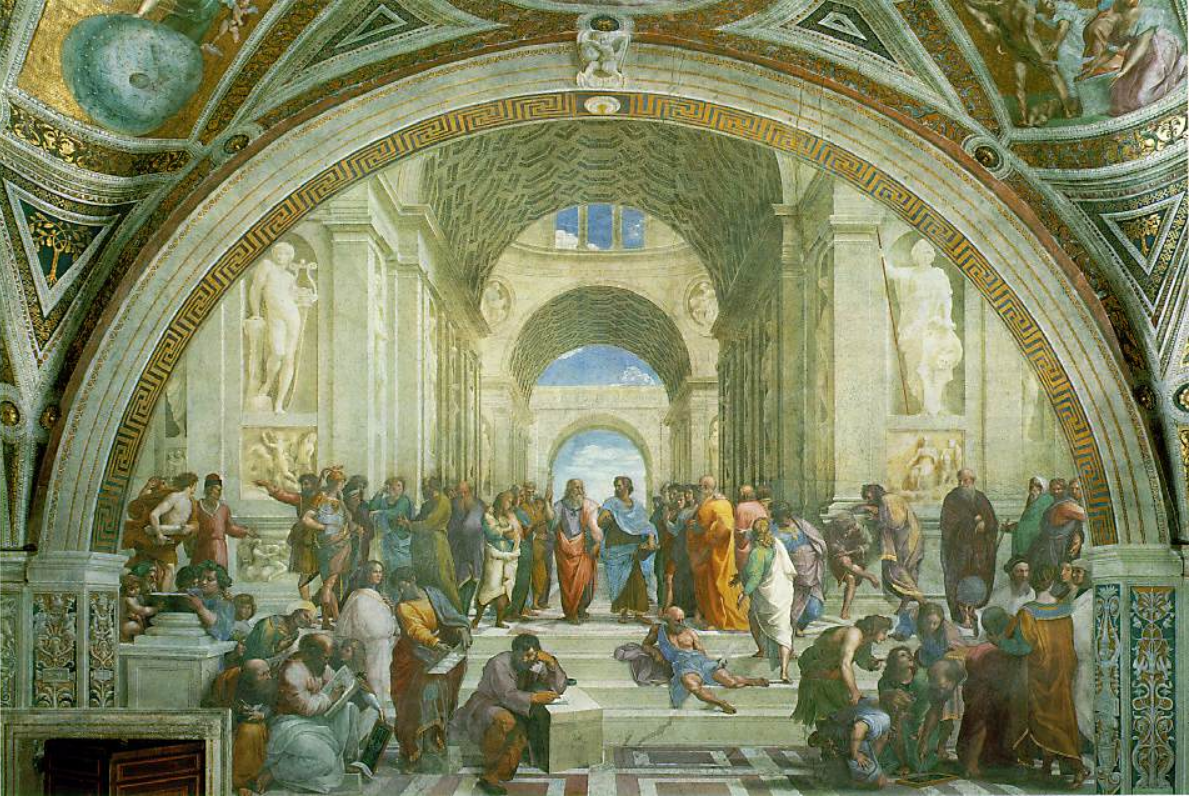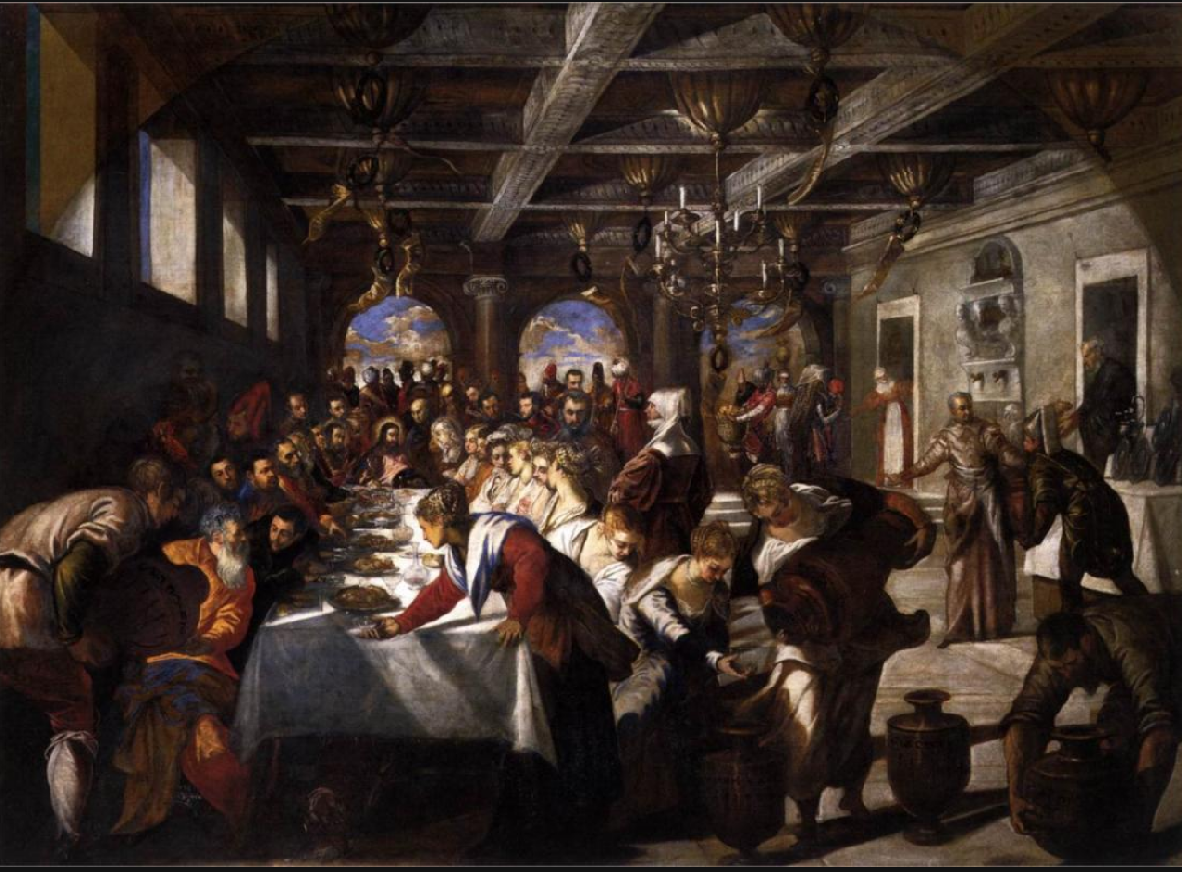What Explains the Visual Style of Film Noir?
Introduction
A common tenet of the hardboiled paradigm is that the “personal” adequately explains American film noir’s visual style. That is, individuals, such as directors and cinematographers, from especially Central Europe (Austria, Czech Republic, Germany, Hungary, Poland, Ukraine), brought with them to the US the expressionism and chiaroscuro that characterize the mise-en-scene of film noir.
However, why are expressionism and chiaroscuro present in early American film noirs, which were mostly made by American directors and cinematographers?
Facts refute the explanation of the “personal.” A less common explanation is based on the “technical.” Below I present the personal and the technical viewpoints, and why they are unsatisfactory.
Then I offer the explanation that is never suggested in the literature about film noir, but which is the one that counts. (For much more on my argument, see the page Noir Style: Natives – Not Émigrés, and in the page Spy Noirs & the Origins of Film Noir, in the section Spy Noirs Contradict Film Noir’s “Origins Myths,” see the second subsection The Noir Style Is Not Derived from European Émigrés and, especially, see the following section What Explains the Noir Style in the Origins of Film Noir? For additional evidence, see the pages with tables of UK and US directors and cinematographers under Spy Noirs & the Origins of Film Noir.)
Presentation
It is the historical context that best explains the severe shift in visual style from the Hollywood “classicism” in the 1930s (most notably at MGM) to the “anti-classicism” of film noir in the 1940s. By analogy, I suggest considering the explanation for a similarly severe shift in visual style in painting that took place in Italy from the “classicism” of the High Renaissance in the late 1400s – early 1500s to the “anti-classicism” of the Mannerists in the second two-thirds of the 1500s.
To begin with, compare Leonardo’s Mona Lisa (1503-05) with Parmigianino’s Madonna with the Long Neck (1534).


And also compare Raphael’s School of Athens (1510-11) with Tintoretto’s Marriage at Cana (1561).


Of course, art historians have never claimed that the shift in visual style of Italian painting from the quattrocento to the cinquecento was due to émigrés. Nor have they said the shift occurred for technical reasons, such as new materials for painting.
It is the severity of political, economic and military calamities that leads to a radical shift in visual style in Italian painting in the 1500s, German arts (Expressionism) during WWI and after, and in Hollywood movies in the 1940s. In all these shifts there are similar “before” and “after” characteristics. For example, there is shared artistic reaction that turns against “classical” lighting and harmonious perspective and turns toward chiaroscuro and imbalanced perspective.
With historical context as the explanation for the visual shift, there is no need to assume émigrés brought the expressionist style to film noir. And given the prevalence of native born American directors and cinematographers in early film noirs (instead of Central European émigrés), the case for historical context is that much stronger. It is this context which brings on realism, as well as cynicism and darkness, in a variety of arts from WWI to the early 1960s, especially cinema. It is within that time period and inside an international current of noirish crime movies that we should contextualize American film noir.
The analogous factors leading to Mannerism and to film noir are summarized below.
Historical Context of the Shift from the High Renaissance to Mannerism
International (European) Economic Crisis
The spread of commercial market relations in cities undermines centuries of feudal, agricultural social relations. The “price revolution” (inflation) diminshes people’s purchasing power. Trade centers shift from the Mediterranean to Northern Europe.
Challenges to the Established Authority of Roman Catholicism
Martin Luther (1517) in the Ninety-Five Theses attacks papal abuses and the sale of indulgences. Copernicus (1543) in On the Revolutions of the Heavenly Spheres overthrows Catholic cosmology (sun vs. earth) and undermines Catholic theology (man vs. God). Spanish troops captures and imprison Pope Clement VII (1527), who doesn’t return to the Vatican until the following year.
War Crisis that Triggers Mannerism in Italy
During the recurrent Great Italian Wars (1494-1559), Italian city states form alliances and counter-alliances in support of opposing foreign armies. France captures Milan (1515); Spain takes Milan (1521); Spain decisively defeats France (1525). Mutinous Spanish troops sack Rome (1527), which depopulates and devastates the city, ending its most glorious era.
Historical Context of the Shift from Classical Film Style to the Noir Visual Style
International (Global) Economic Crisis
Great Depression, abandonment of world currency system (the gold standard) and decline of international trade.
Challenges to the Established Authority of Liberal Democratic States
Rise of right-wing authoritarian states: victory of Franco’s Nationalists over the Republicans in the Spanish Civil War; Italian Fascist invasions in Africa; Japanese Fascist invasions in Asia; German Nazi invasions in Europe.
War Crisis that Triggers Film Noir in the UK and the US
Against the backdrop of Britain’s looming second war in a generation with Germany, the first UK film noirs are released, which are both spy noirs and crime noirs. In September 1939, WWII officially begins in Europe, although conflict between Japan and China starts in 1937. In the context of wars underway throughout the world, and against the opposition of American isolationists, Hollywood recognizes the US cannot remain neutral indefinitely and supports pro-interventionists. Well before Pearl Harbor, the first US film noirs are released, which, too, are both spy noirs and crime noirs.
Explanation of Film Noir’s Visual Style Based on the Personal
Key argument: émigré directors and cinematographers from Germany, Austria and elsewhere in central Europe.
“Its look was influenced by Orson Welles’ Citizen Kane, as well as German Expressionism, imported to the U. S. by émigré directors such as Billy Wilder, Edgar Ulmer and Robert Siodmak, who experienced the rise of Nazism and brought with them a pessimistic, existential vision.” (Sura Wood, “Film Noir Steps Out of the Shadows,” Arts Monthly, January 2006, Volume 15, Number 8, 1)
Explanation of Film Noir’s Visual Style Based on the Technical
“Throughout film history, realist shifts have been motivated by new technology. Increasingly sensitive fine-grained negatives, high-speed lenses, smaller camera dollies and portable power supplies perfected for wartime newsreel footage made shooting away from the studio an exciting alternative, creating films with a topical edge. New negatives and lenses meant less light was needed to expose the film, making night shooting a viable alternative, and lending these films their characteristically dark and gloomy look.” (Richard Armstrong, Understanding Realism, British Film Institute, 2005, 75)
“Film historians attribute the rise of film noir to a coalescence of influences: A flood of foreign auteurs fled Europe with the rise of Hitler and brought with them to America the artistic style of German Expressionism; American directors were exposed to French poetic realism; Orson Welles utilized a variety of slick new optics in Citizen Kane, opening up a whole new cinematic world; Hollywood recognized and played on the popularity of the ‘hard-boiled’ writers of the 1930s by putting their novels and short stories on film; soldiers rerunning home from World War II brought with them a postwar cynicism and hardened views of violence; and public paranoia about the Bomb grew with the advent of the Cold War. Some of perhaps all of these factors likely exerted an influence on what came to be known as film noir. But many academic critics ignore – probably to avoid the more banal explanation of film as a product and representation of history and a snapshot of the American character frozen in time – that film noir was not just a product of history but also a product of Hollywood, a town less known for its artistic maturity than its penchant for imitation. In Hollywood, necessity is often the mother of invention, especially when wartime economic constraints on movie budgets put sever limits on production values.” (Arthur Lyons, Death on the Cheap: The Lost B Movies of Film Noir, Da Capo Press, 2000, 2)
“[Paul Kerr’s] most original points, such as low-key lighting being used to mask low-budget sets or night shooting as a strategy to get more set-ups into each production day, are part of a ‘technological determinism’ for film noir. While his use of statistical data is extensive, a few of Kerr’s conclusions are marginally backed by the facts. For instance, he asserts that the studios with larger financial reserves, Paramount, Fox, and MGM, made ‘not only fewer…but also more lavis’ noir films. While RKO and United Artists clearly had the highest tally of titles in the classic period, Paramount made almost as many, and Fox’s total was equal to Warners.” (Alain Silver, “Introduction,” in Alain Silver and James Ursini, Film Noir Reader, Limelight Editions, 1996, p. 14. See also Paul Kerr, “Out of What Past?: Notes on the B film noir,” in Silver and Ursini, Film Noir Reader, 107-127)
Explanation of Film Noir’s Visual Style Based on Historical Context
Analogy #1: High Renaissance and Hollywood’s classic cinema (style and story) of the 1930s — balance in light and perspective, straightforward narrative (seamless cutting), objective viewpoint
High Renaissance: “Periods of classical art, characterized by the absolute discipline of form, the complete permeation of reality by the principles of order, and the total subjection of self-expression to harmony and beauty, are of relatively brief duration….At the beginning of the sixteenth century a generation of artists grew up in Italy who were at one with themselves and apparently in complete harmony with the outside world. Because of its inner harmony and finality, we call their style, which lasted for barely more than twenty years, classical par excellence. (Arnold Hauser, Mannerism: The Crisis of the Renaissance and the Origin of Modern Art, Belknap Press, 1986, 4-5)
Hollywood’s “Classic” Style: The classical style was an attempt to produce a cinema that was comprehensible to a wide audience. Its unambiguous clarity stemmed from the subordination of all devices of style to the motivations of the characters and the consequences of their actions. To achieve this clarity, Hollywood film-makers employed a systematic set of camerawork and editing practices which constructed viewers as ‘ideal observers’, able to see and hear events from the best possible vantage point, thereby ensuring that their concentration is always focused on the main characters, played by stars, and on the significant elements of the storyline in which they were involved. These devices included carefully centered frontal compositions with an harmonious balance and proportion; the famous 180 degree rule in which the camera never crosses an imaginary line that runs through the centre of the screen’s main action, thus creating a semi-circular playing space that remains constant and where the viewer is never disoriented; and continuity editing which ensured that any spatial or temporal gaps are carefully smoothed over through a ‘match-on-action or through a dissolve, an unobtrusive blending of the fade-out and fade-in. The playing space is dissected for dramatic effect by a standard pattern of cutting: moving in from a panoramic ‘establishing’ shot through long shot to mid-shot to close-up of the main characters. Their actions or conversation are shown through a succession of shot-reverse shots, where the cut alternates between an angled shot from one end of the 180 degree line to another form the opposite direction at the other end which simply reverses the space. The characters; eyelines are matched to maintain continuity. In this way an ‘objective’ space is created, one that seems to exist independently of the characters and the viewer. Each scene has a neoclassical unity of time, space (a definable locale) and cause-effect action. Part of what came to be known as the ‘invisible’ style is an unobtrusive use of lighting which places the characters in maximum focus through ‘high-key’ or ‘glamour’ lighting, where shadows cast by the hard, direct key light placed above the actors are eliminated by the extensive use of soft, diffused and indirect side or ‘fill’ lights that fill in these shadows and sculpt faces attractively, and back lights that carefully distinguish actors from the background. This evenly balanced three-point lighting was a deliberate aesthetic choice as it was more expensive to power and required greater detail of sets and décor. It also required a narrow range of camera angles and relatively small movements, together with highly predictable editing, in order to ensure that actors and sets were shown clearly. Lenses were used at maximum aperture, a technique that gave a shallow depth of field and a soft focus. This ‘restrained style’, employing a narrow range of stylistic options, became dominant in the later studio period, 1936-1939, producing an American ‘cinema of quality’, glossy adaptations of middlebrow bestsellers aimed at middle-class taste. (Andrew Spicer, Film Noir, Pearson Education Limited, 2002, 45-46)
“In the Hollywood film, style must be subordinate to the film’s narrative. No aspect of the way in which the film tells its story must get in the way of our ability to follow the story itself. This means that camerawork, editing, lighting and color must serve the storyline, place you in the most advantageous position to see what is going on and banish any doubt about what you see. There must be no weird angles, choppy cutting or strange lens filters to make you aware of the film as a film, as opposed to real life, for Hollywood realism is designed to make you think that life is how it looks in the movies…Hollywood editing is designed to follow the logic of a chronological narrative. In Hollywood ‘continuity editing’ as it is called, one plot twist follows on from the last according to the laws of cause and effect. Time and space are logically presented so as to orient you in an apparently natural sequence of events…Scenes unfold according to the standard Hollywood shot/reverse-shot format. Hollywood editing is often referred to as ‘invisible editing’ because it helps the narrative along, without distracting us. We are in effect too busy following the narrative to notice the editing…While shot/reverse-shot editing sets up the impression that you are ‘listening in’ on a conversation, fades and dissolves signal transitions between scenes, and montages give the impression of a series of events or the passage of time, other editing tricks have the effect of disrupting the reality effect. Jump cuts disrupt the illusion, and rapid cutting can bewilder the spectator. Flashbacks and flash-forwards can disrupt the action by introducing past or future events into the present. With Hollywood editing, the bottom line is always putting you in the most advantageous spot to see who is doing what. What is powerful about filmic conventions is that they naturalize particular way of showing, and making sense of, experience.” (Armstrong, Understanding Realism, 13, 16, 17, 18)
Analogy #2: Mannerism and Hollywood’s film noir — imbalance in light and perspective, subjective viewpoint
Mannerism: “In mannerism we are for the first time confronted with a conscious and deliberate deviation from nature; that is to say, with an abandonment of fidelity to it that is based neither on lack or limitation of artistic ability, nor on purely ideological, non-artistic considerations arising essentially from the historical situation or the prevailing philosophy of life. It arose instead from an urge for expression that, in order to validate itself, deliberately renounced the known and familiar picture of things. In previous ages, even when art was unnaturalistic, artists always believed themselves to be rendering what they really saw with their physical or spiritual eyes and, often in spite of the boldest stylization, did not doubt that they were pursuing objective reality. Now the fundamental difference between art and reality began to be perceived for the first time, and divergence from nature was made the basis both of artistic practice and theory. (Hauser, Mannerism, 28)
Film Noir Style: “Noir lighting is characteristically low-key where the use of fill lights is deliberately restricted, creating stark contrasts between the narrow areas that are harshly illuminated by the unsoftened key light, and surrounding areas obscured in deep black shadows. The fill lights were sometimes eliminated altogether, producing large areas of total darkness….Placing the key light below the actors created gigantic shadows and garish facial expressions, while ‘strange highlights’ were frequently deployed on faces to show dementia. Close-ups of lead actresses, which were conventionally softened and glamorized by placing spun glass or gauze over the camera lens, were rarely used in noir, which photographed its heroines in hard, undiffused light, making them at once alluring and impenetrable….Film noir also uses deep focus and wide-angle lenses so that not only are all objects shown in sharp focus, which creates a closed, ‘unheeding’ universe, but also a distorted one, where faces bulge outward in close-up, or buildings bend. Wide-angle lenses also draw the viewer into the picture, which makes dramatic events more immediate. [There is] an ‘antitraditional mise-en-scene where the conventional balance and harmony of the classical style is intentionally disrupted in favor of ‘bizarre, off-angle compositions of figures placed irregularly in the frame’, creating an unstable world. There is a pervasive use of claustrophobic framing devices including doorways, windows, stairways and metal bed frames that seem to invade the space of the characters, trapping them. Mirror images and various kinds of reflections are prevalent, suggesting deceptiveness, doubling, neurotic narcissism and disordered fantasy. Conventional establishing shots are often withheld, frustrating the viewers’ desire to orientate themselves to the space in which the actions takes place. Instead of conventional close-ups of head and shoulders, noir directors often use ‘choker’ close-ups shot right under the actor’s chin, the harshly lit face dominating the screen. These excessive close-ups often alternate with extreme high-angle long shots, creating jarring juxtapositions that further unsettle the viewer, replacing the smooth tracking shots that were customarily used and breaching the established norms of continuity editing. It was a style that helped to create noir’s distorted, morally ambiguous and confused universe. (Spicer, Film Noir, pp. 46-47. See also Janey Place and Lowell Peterson, “Some Visual Motifs of Film Noir,” in Silver and Ursini, Film Noir Reader, 65-75)
From the chapter, “Alienation as the Key to Mannerism”: “Nothing better expresses the nature and origin of the cultural crisis of our own time than the concept of alienation….In conscious form alienation appeared for the first time as the crisis of the Renaissance, and its effect was so revolutionary and all-embracing that the concept of alienation is the only possible common denominator for the various forms of the ‘upheaval’ that affected every field of culture. Whichever way one looks, one sees the same phenomenon, of men suddenly feeling themselves cut off, as it were, from the familiar things that previously gave meaning and purpose to their lives. They may have been at the mercy of tyrannical lords before, but now they found themselves at the mercy of forces from which they were estranged. The had grown estranged from their own work as a consequence of the application of mechanical methods of production, the replacement of the old patriarchal relationship with their masters by the impersonal forces of the market and the inscrutable play of economic forces, the turning of state and administration, economy and society, justice and the military system, into ruthless automata functioning with inhuman objectivity….Feeling alienated in this world, men are not resigned to remaining so; they wish to have an alienating and startling effect on others. Therefore the artist not only chooses strange and startling subjects, but also tries to render the most ordinary things in a startling way. The purpose is not merely to surprise and unsettle, but also to state that is is impossible to feel at home among the things of this world or make friends with them.” (Hauser, Mannerism, 94, 95, 114)
Stylistic Principles of Mannerism
“Tintoretto remains loyal to the fundamental stylistic principles of mannerism from first to last. In all his works there are the characteristic elongation of forms, the preference for tall, slender figures, the unequal filling of space, the abandonment of tight concentration, the relegation of the principally scene from the foreground or centre to the background or side, figures sometimes packed together and sometimes scattered widely apart, strong recession brought about by foreshortening, repoussoir figures or diagonals, emphatic contrast of dimensions, lighting, and forms, the removal of the protagonist from the centre of the picture and the consequent devaluation of the individual in favor of the group, as illustrated, for instance, by the removal of the stress from the figure of Christ to emphasize that the point is a universal message concerned with the whole of mankind.” (Hauser, Mannerism, 221-222)
Characteristics of Film Noir
“Their iconography (repeated visual patterning) consists of images of the dark, night-time city, its streets damp with rain which reflects the flashing neon signs. Its sleazy milieu of claustrophobic alleyways and deserted docklands alternates with gaudy nightclubs and swank apartments. The visual style habitually employs high contrast (chiaroscuro) lighting, where deep, enveloping shadows are fractured by shafts of light from a single source, and dark, claustrophobic interiors have shadowy shapes on the walls. The decentered, unstable compositions are further distorted by the use of odd angles and wide-angle lenses; fog or mist obscures the action and characters’ faces are often lit with strange highlights or partially shadowed to create hidden and threatening spaces. Noir’s highly complex narrative patterning is created by the use of first-person voice-overs, multiple narrators, flashbacks and ellipses which often create ambiguous or inconclusive endings. Noir narratives are frequently oneiric (dream-like), where every object and encounter seems unnaturally charged….The noir universe is dark, malign and unstable where individuals are trapped through fear and paranoia, or overwhelmed by the power of sexual desire. Noir’s principal protagonists consist of the alienated, often psychologically disturbed, male anti-hero and the hard, deceitful femme fatale he encounters. But the range of noir characters is more complex than is usually thought.” (Spicer, Film Noir, 4-5)
Note that a core purpose of this website, which is represented in many pages, is to show why Spicer is wrong to claim, “Noir’s principal protagonists consist of the alienated, often psychologically disturbed, male anti-hero and the hard, deceitful femme fatale he encounters.”